May 2024: Huawei’s “Fashion Squared” concept is manifested in the Huawei Watch Fit3, which fuses traditional square design with new materials, production methods, and interface designs. This watch has a massive 1.82-inch HD AMOLED floating screen, a slim (9.9 mm) and light (26 g) aluminum alloy case, and comes in many colors. The user gets the services of a personal trainer right on their wrist with an improved Stay Fit app that has an expanded food database, nutrition analysis functionality, and Smart Sports recommendations based on the workout habits of users as well as weather conditions.
As for health monitoring capabilities, the company has enhanced its sleep patterns analysis system -Huawei TruSleep 4.0; it also offers insights on how to have better sleep, and Huawei TruSeen 5.5 provides heart rate tracking improvement by approximately 30%.
February saw soft buzzings start within windows that lined up across Marvin skylights, slowly releasing air and marking another day at Eagan’s Marvin “smart home,” where products are tested before being released into the market for customers’ use from their headquarters located at Warroad. Marvin unveiled its latest product line called Marvin Connected Home, which consists of programmable voice-activated skylights, windows, and doors that can be controlled through apps.
Marvin’s transformation management office senior director Lindsey Schroeder, on a guided tour of the company’s Eagan-based Connected Home innovation lab, told TCB that the products were started to be developed two years ago. The team that developed the product spent more than 90% of their life indoors, which, according to some studies, is considered unhealthy.
January 2024: home technology help will be made easier through Daisy, a new national home and small business tech services company. Daisy will be the first nationwide answer to an emerging market—people who want to spend less time struggling with technology at home and more time using it there instead. In Q2, this coming year alone, Daisy will open offices in California, Texas, Florida, Connecticut & North Carolina as part of its nationwide franchise model for the smart homes industry.
By 2025, they plan to cover all the states of America, but at least they expect to be operating in no fewer than sixteen markets by the end of next year.
In January 2023, Schneider Electric purchased AVEVA plc in order to leverage advanced software technologies and deliver automated solutions for homes, offices, or building complex systems. This acquisition is likely to expand Schneider Electric’s portfolio of home automation products. By way of illustration, in October 2022 Google enhanced assistance with a feature to conveniently message users with typing using their voice and integrating emojis. Modern technology such as IoT, blockchain, smart voice, or AI are positively influencing the expansion of the market.
For instance, in September 2022, Amazon com Inc. introduced Ring Spotlight Cam Plus and Ring Spotlight Cam Pro along with a second-generation Ring-alarm panic button for security and access control using radar and 3D motion detection technologies.
September 2022 saw the launch of a Diva smart dimmer and Claro wireless Smart Switch by Lutron Electronics Co., Inc. to automate lighting in homes using wireless technology.
Consider that in August 2022, Amazon.com Inc. rolled out its wall echo, sound bot, wall echo and home robot as part of the firm’s annual model update. This will coincide with the company’s objective of battling head-on with the upcoming competitive companies. Major companies are putting in place substantial resources in modern technology ventures, development and research.
Two months thereafter, ABB Ltd. entered into a joint venture with Samsung Electronics Co. Ltd., seeking to extend its home automation portfolio. Through the collaboration, new clients will find it easier to reduce costs and add a green element into the mix.
in January 2022, Samsung Electronics Co., Ltd forged an agreement with Oracle Corp to develop smart energy solutions for its clientele and work in providing Oracle’s contextual and behavioral energy insights alongside Samsung’s SmartThings and automation services. This particular Partnership targets the provision of new and valuable extra features in the company’s product offerings. Other major players are also enhancing the capabilities of smart home devices to facilitate their deployment in new homes under construction and for retrofit home installations.
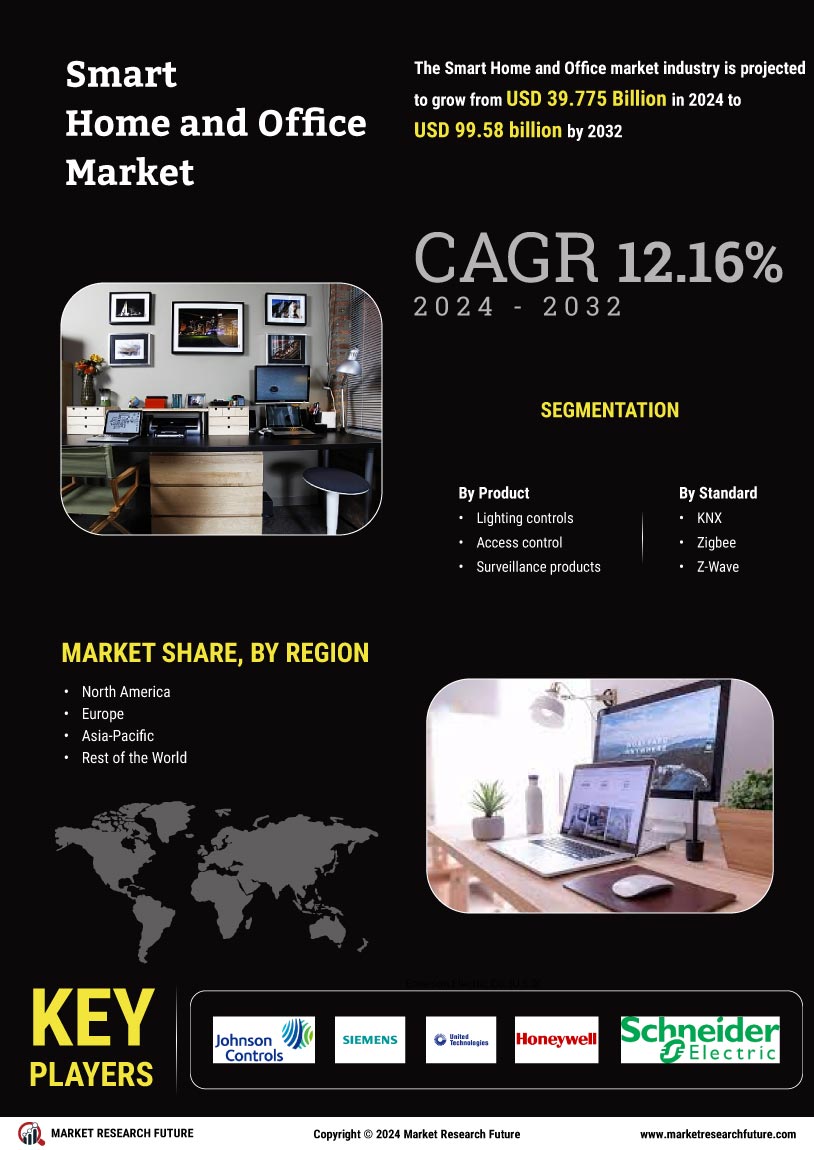
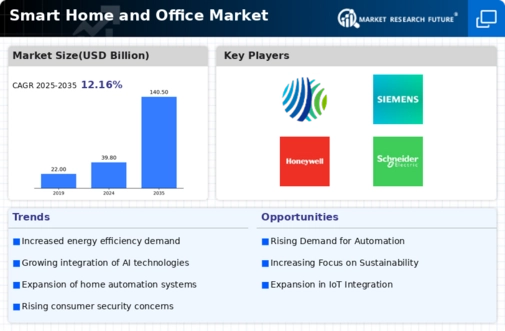
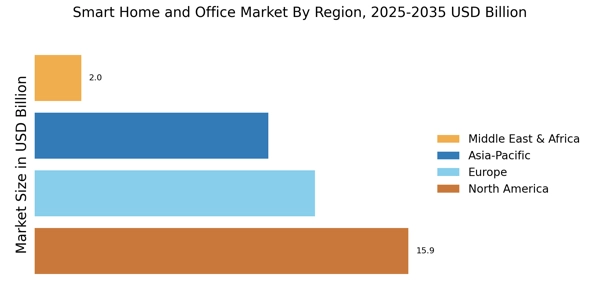
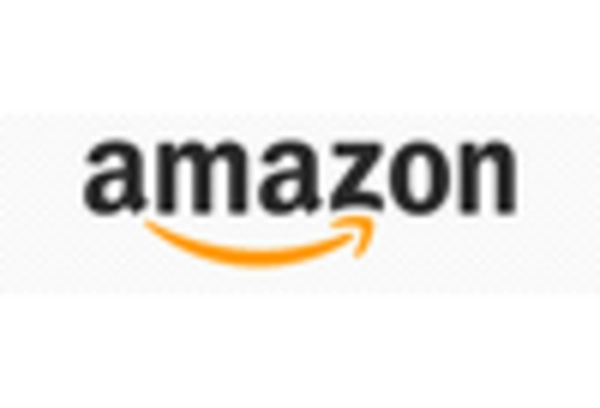
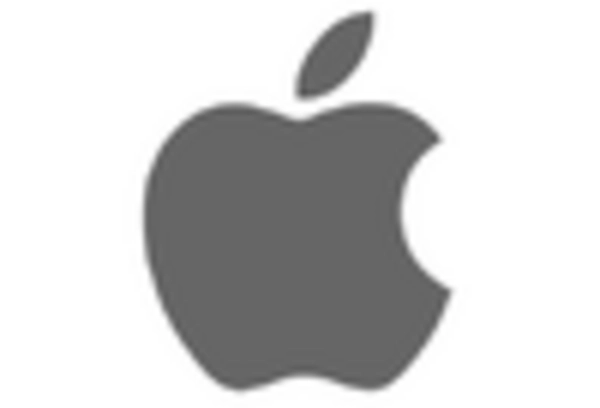

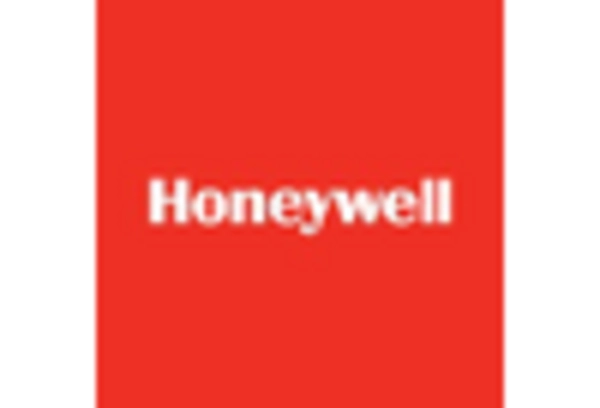
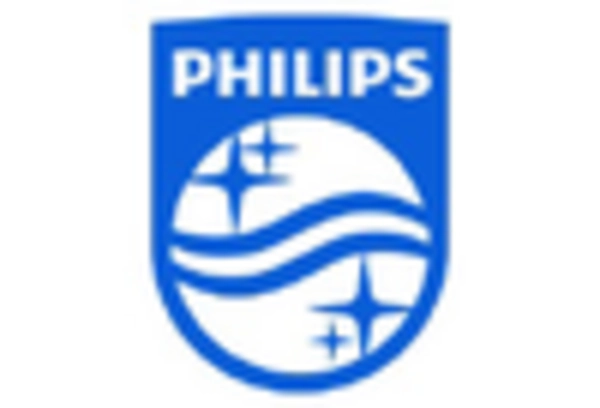
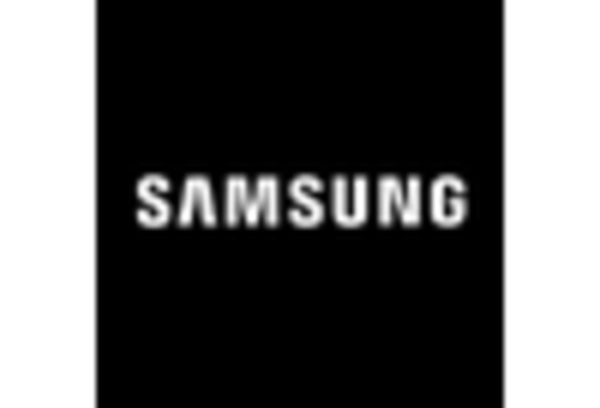








Leave a Comment